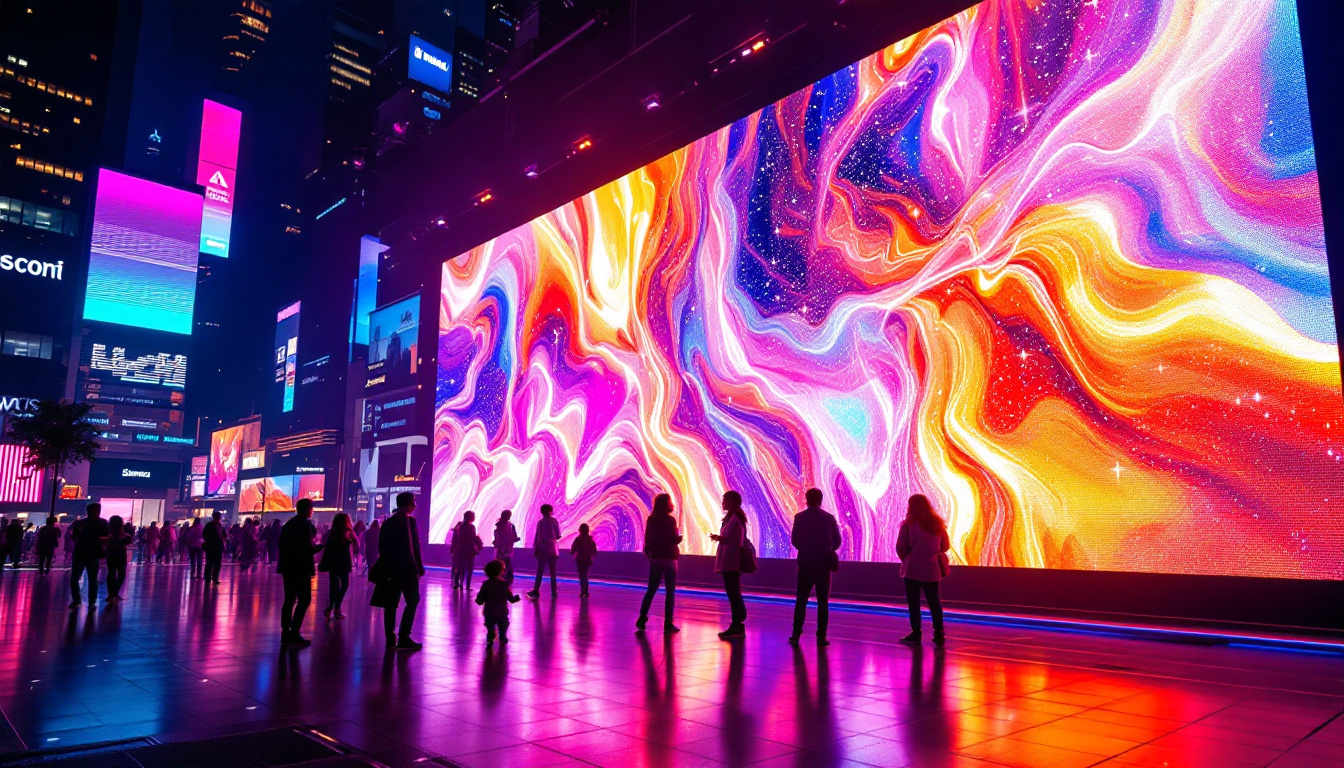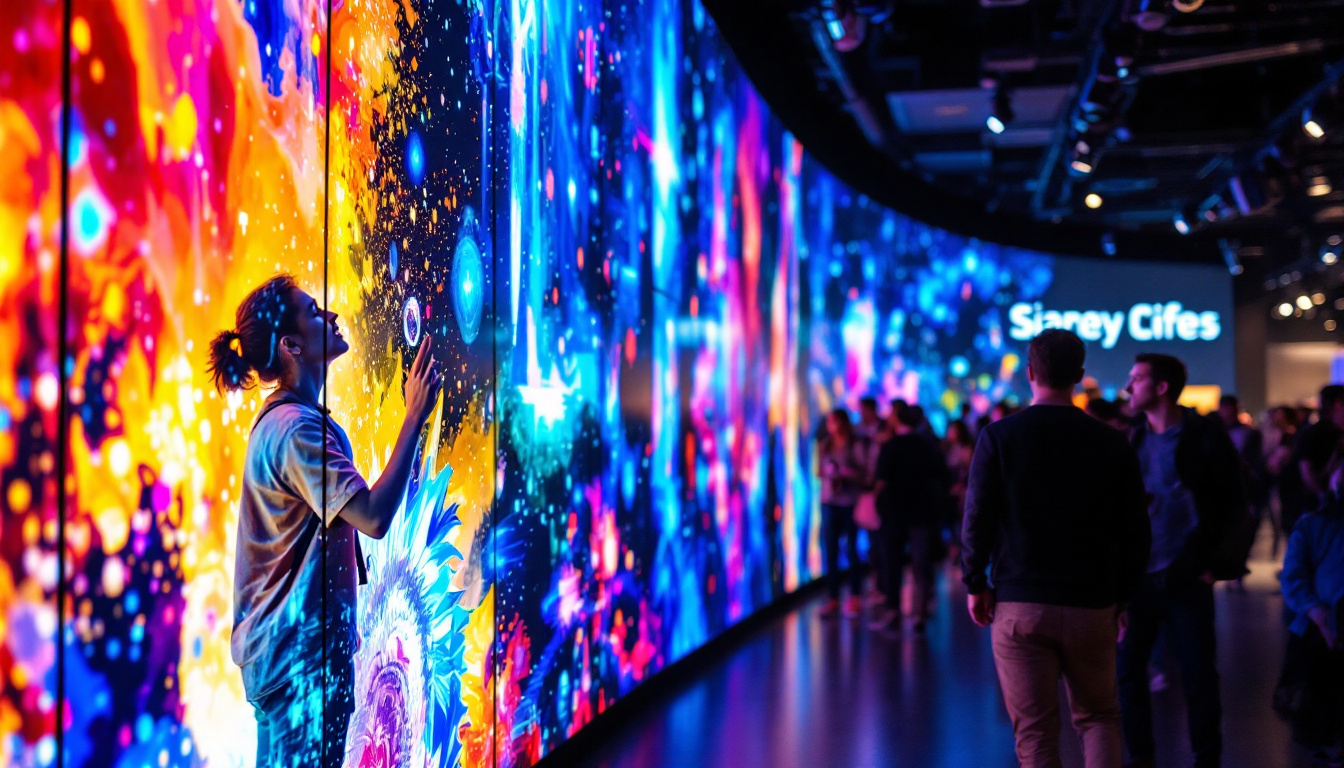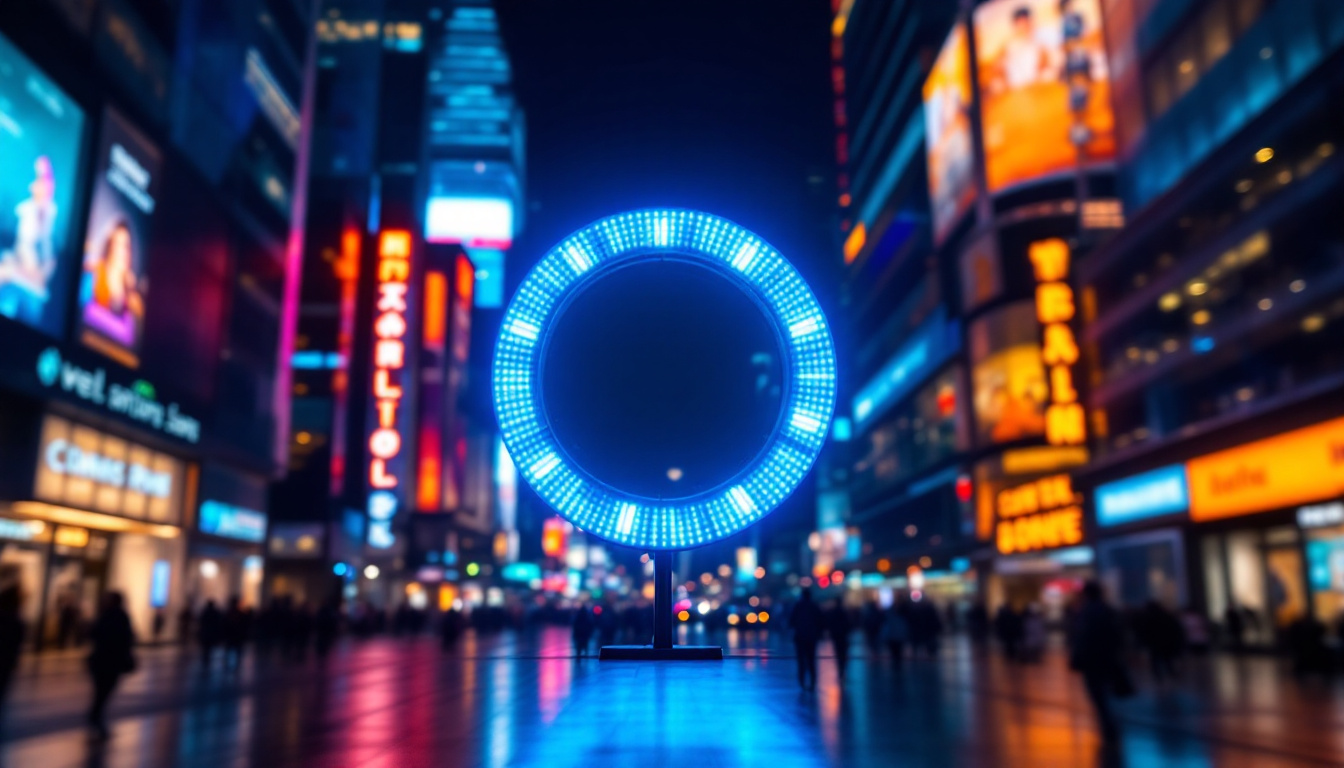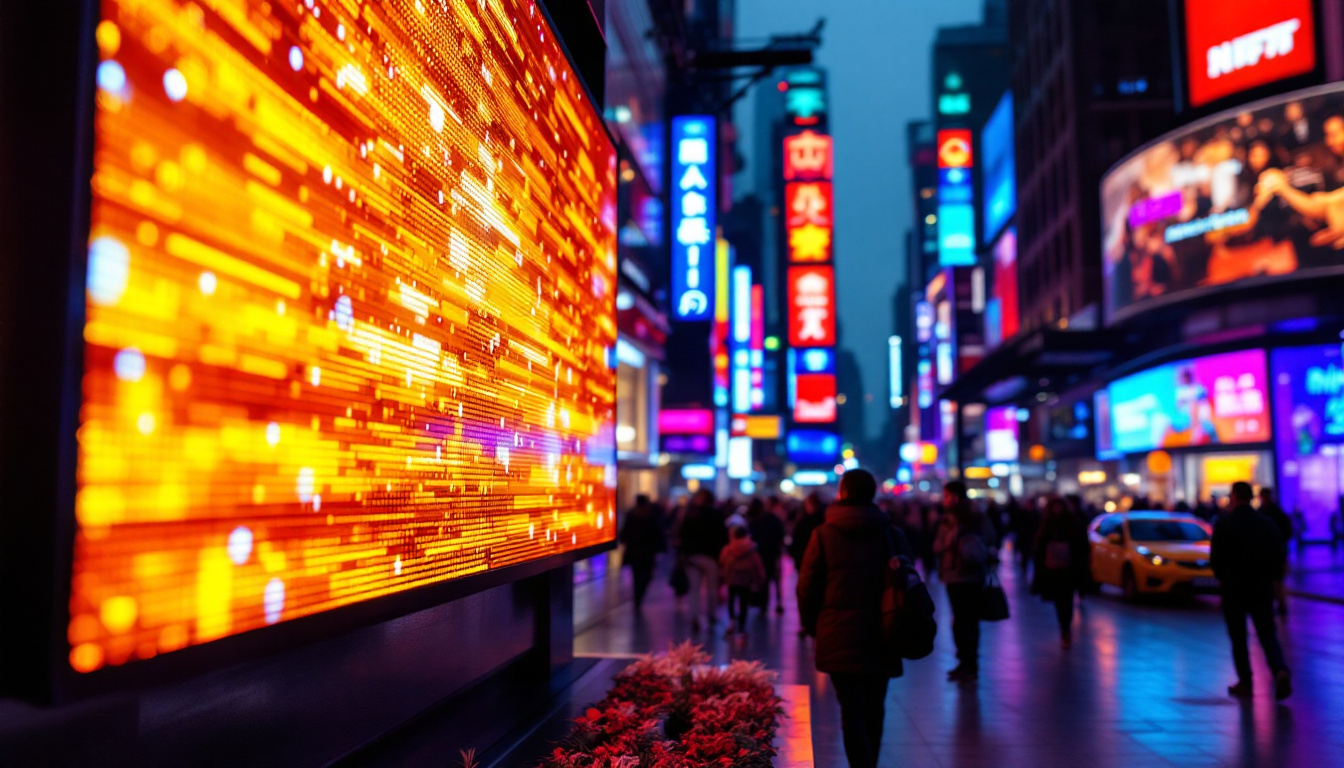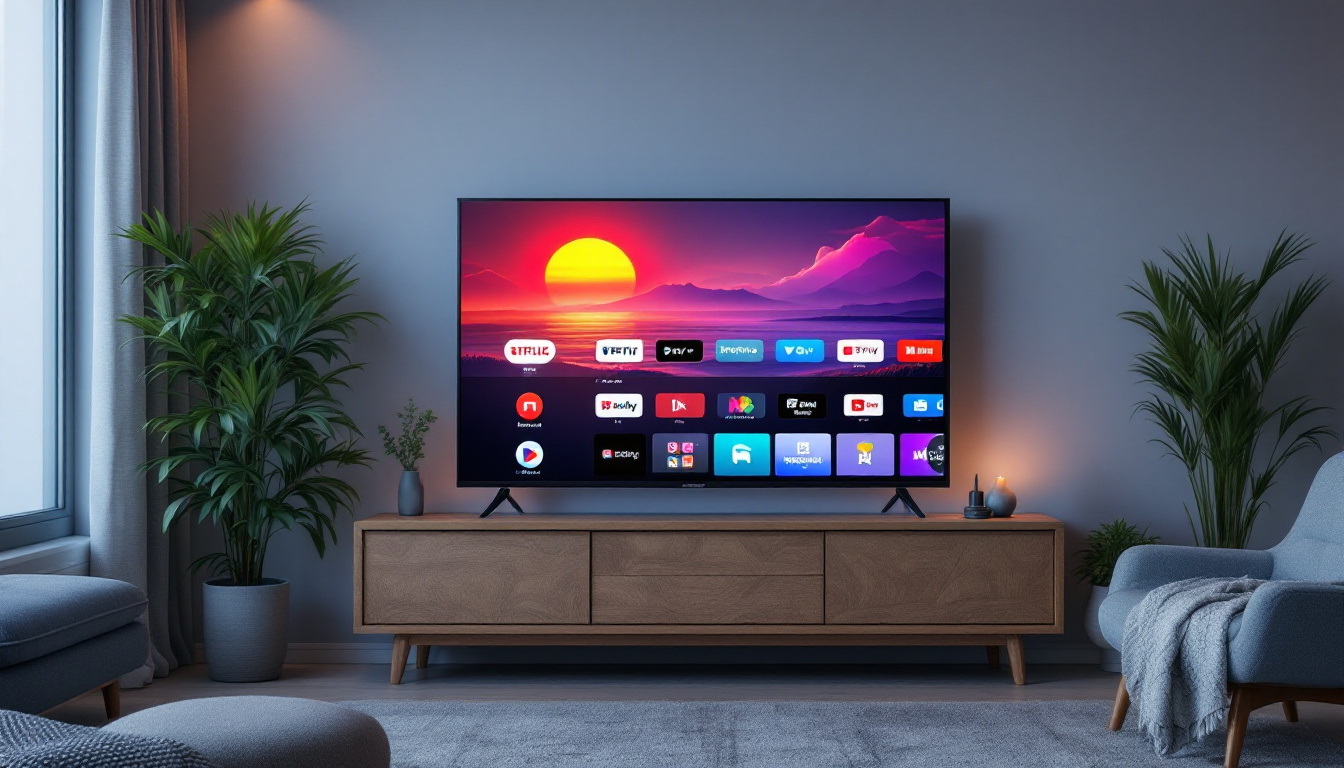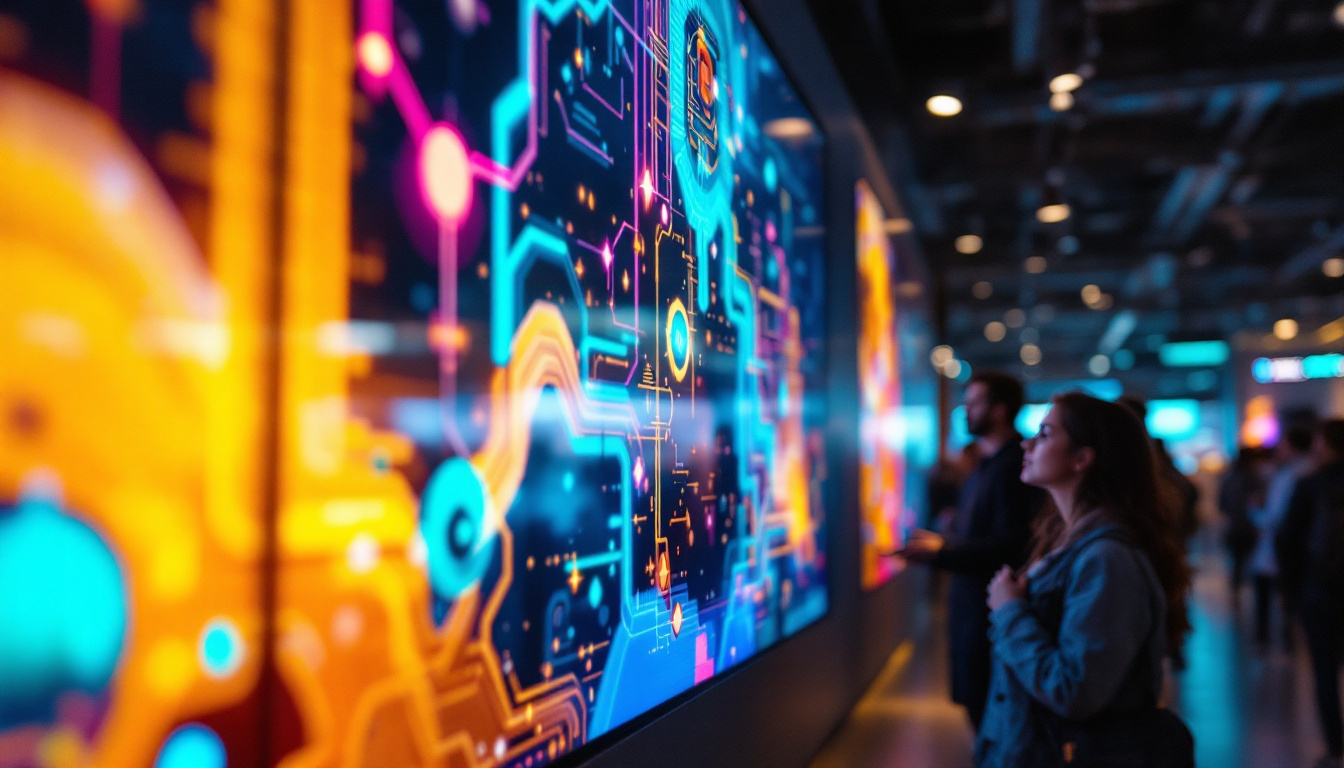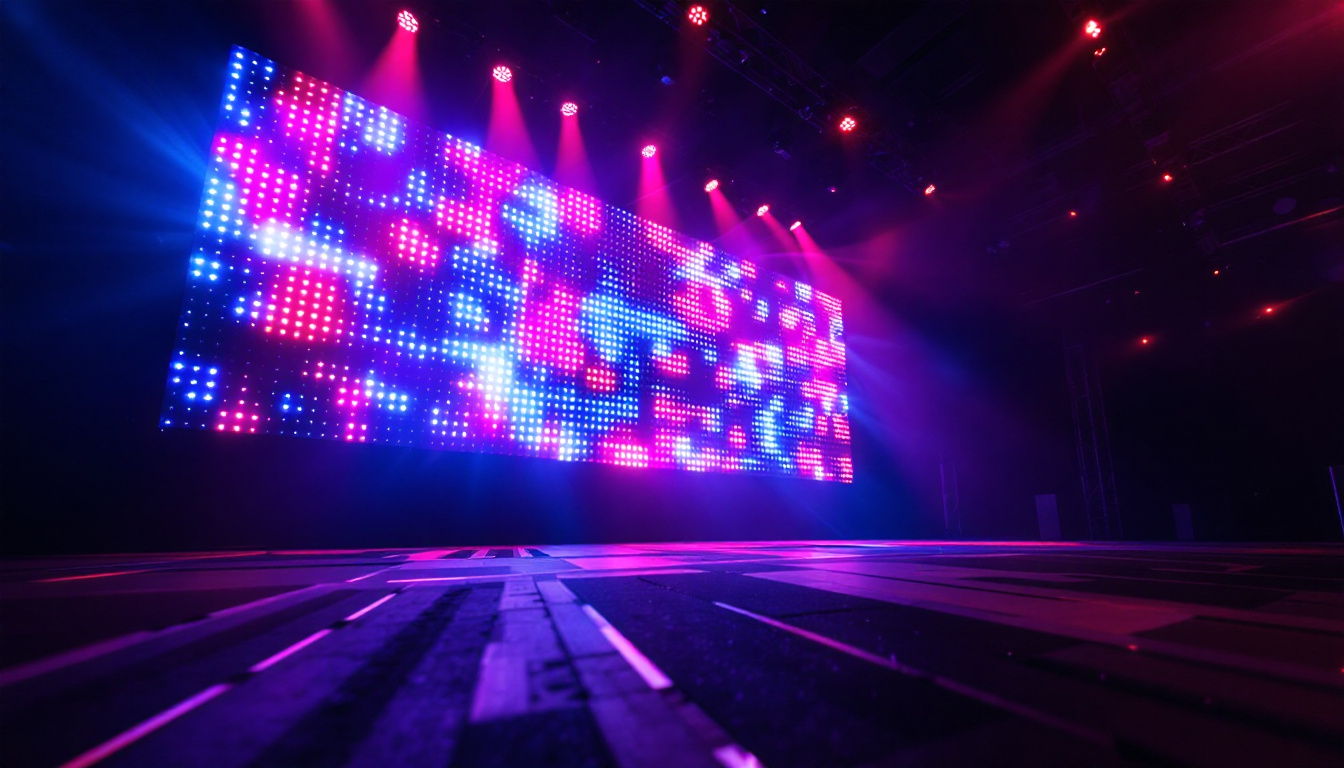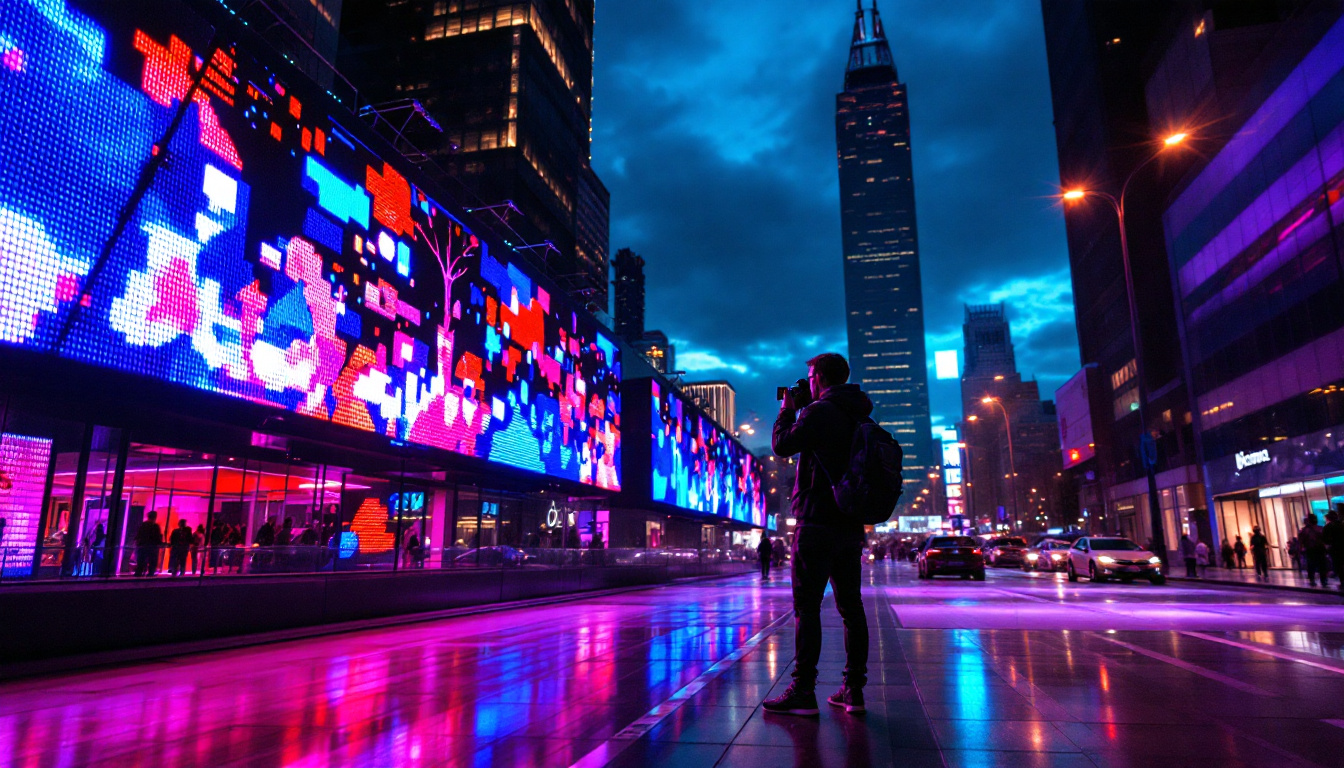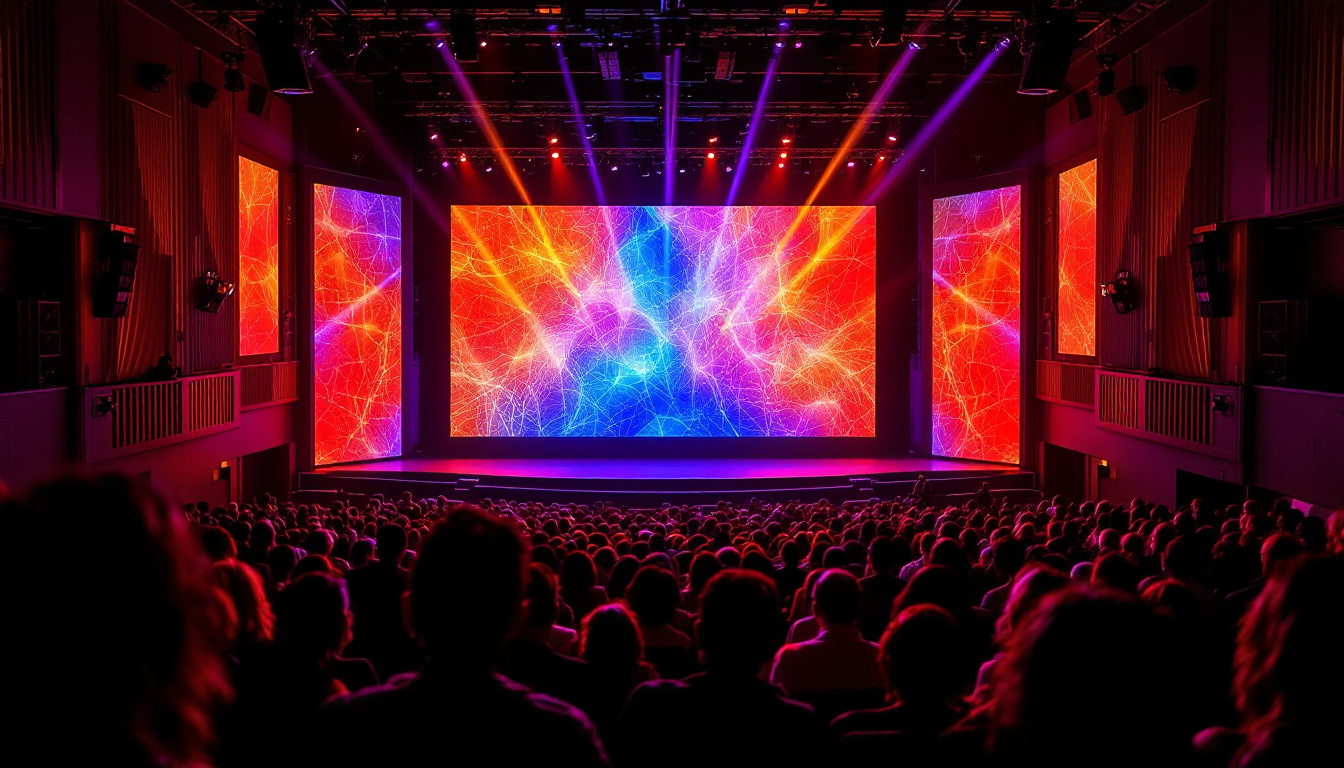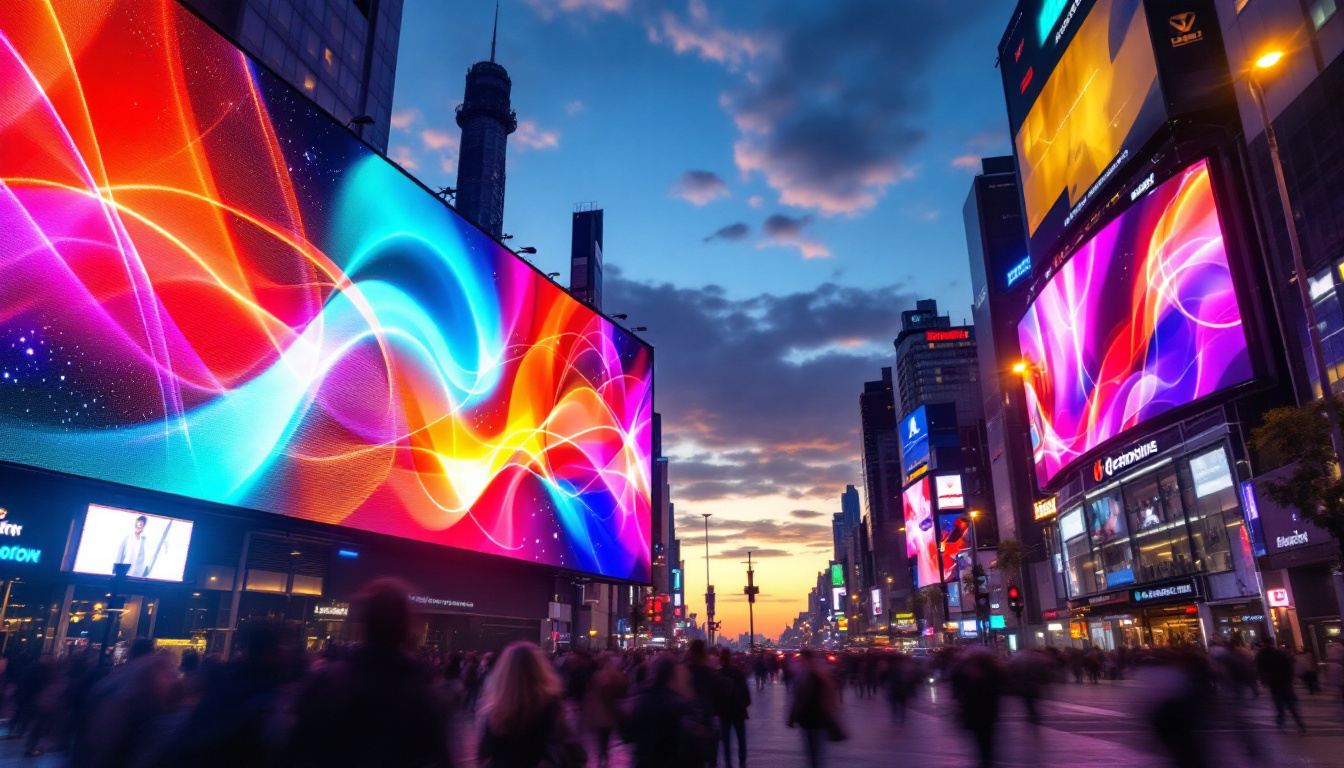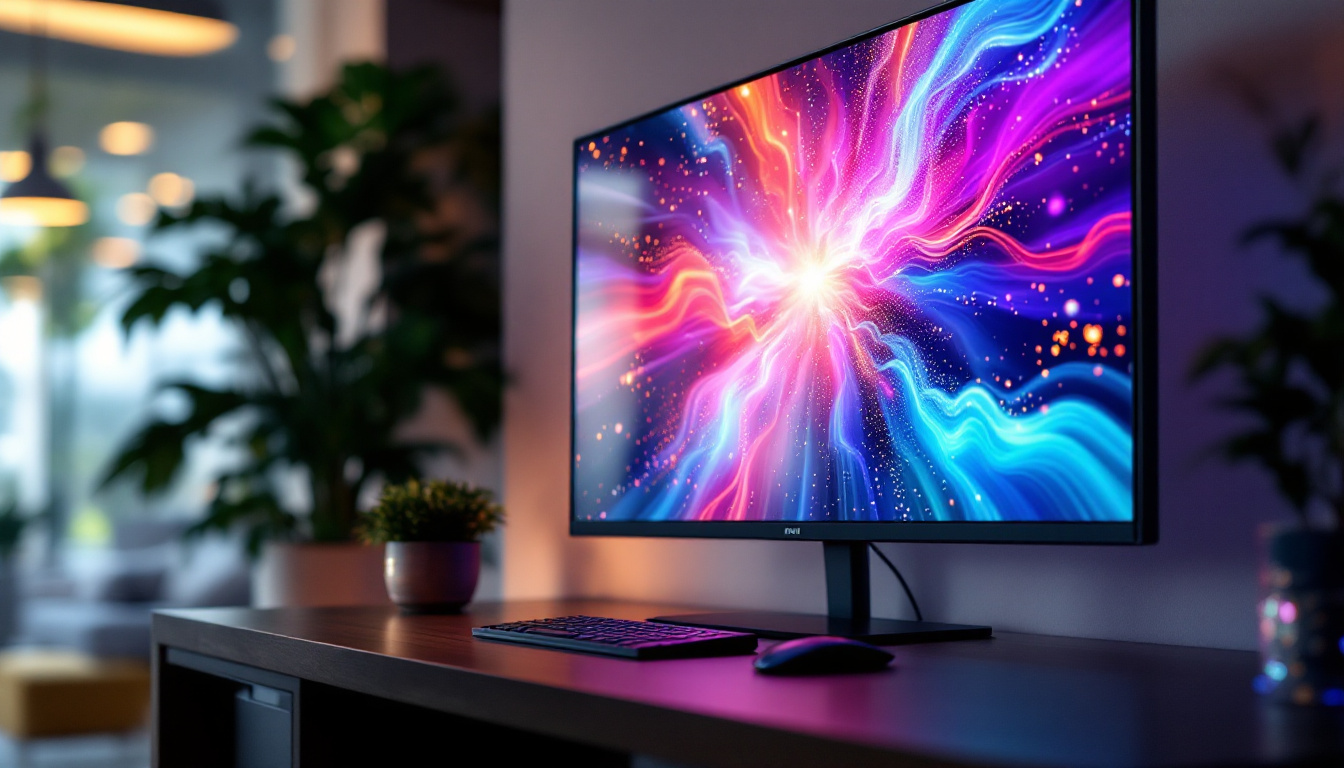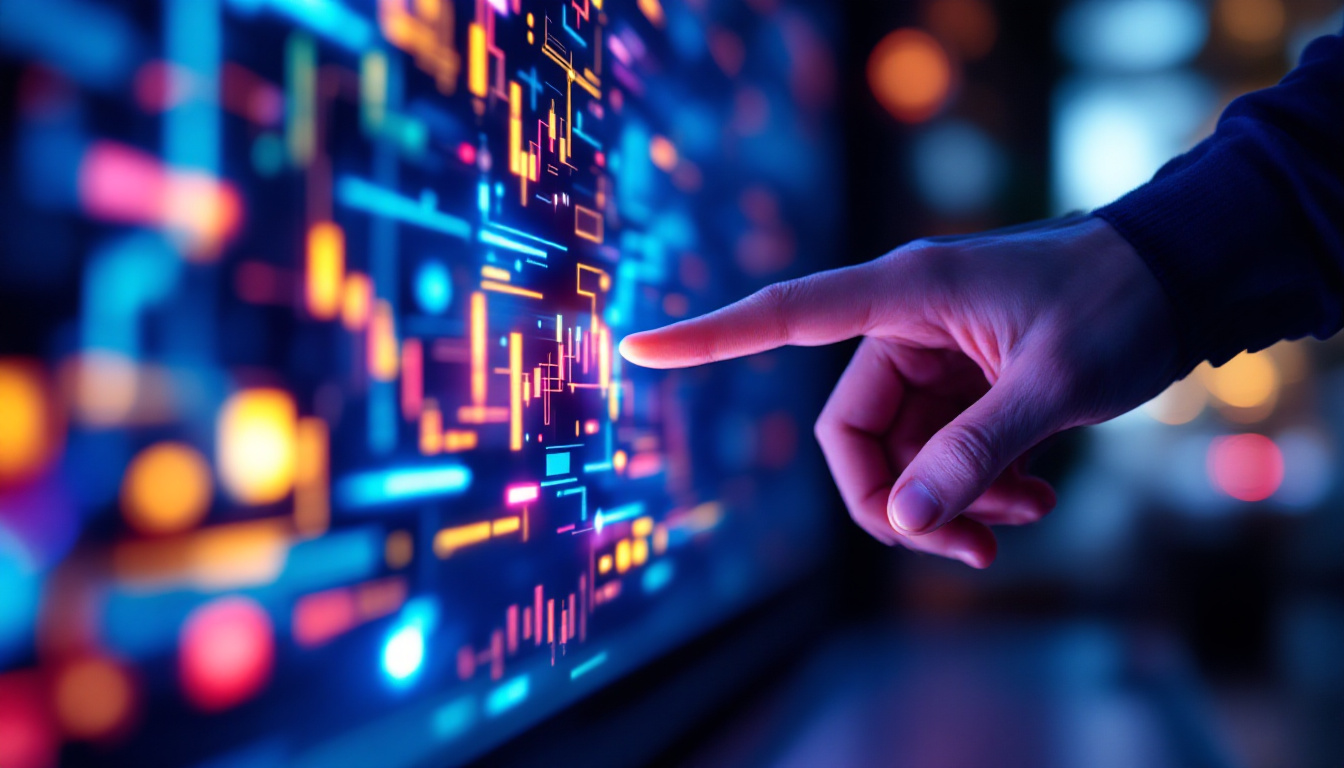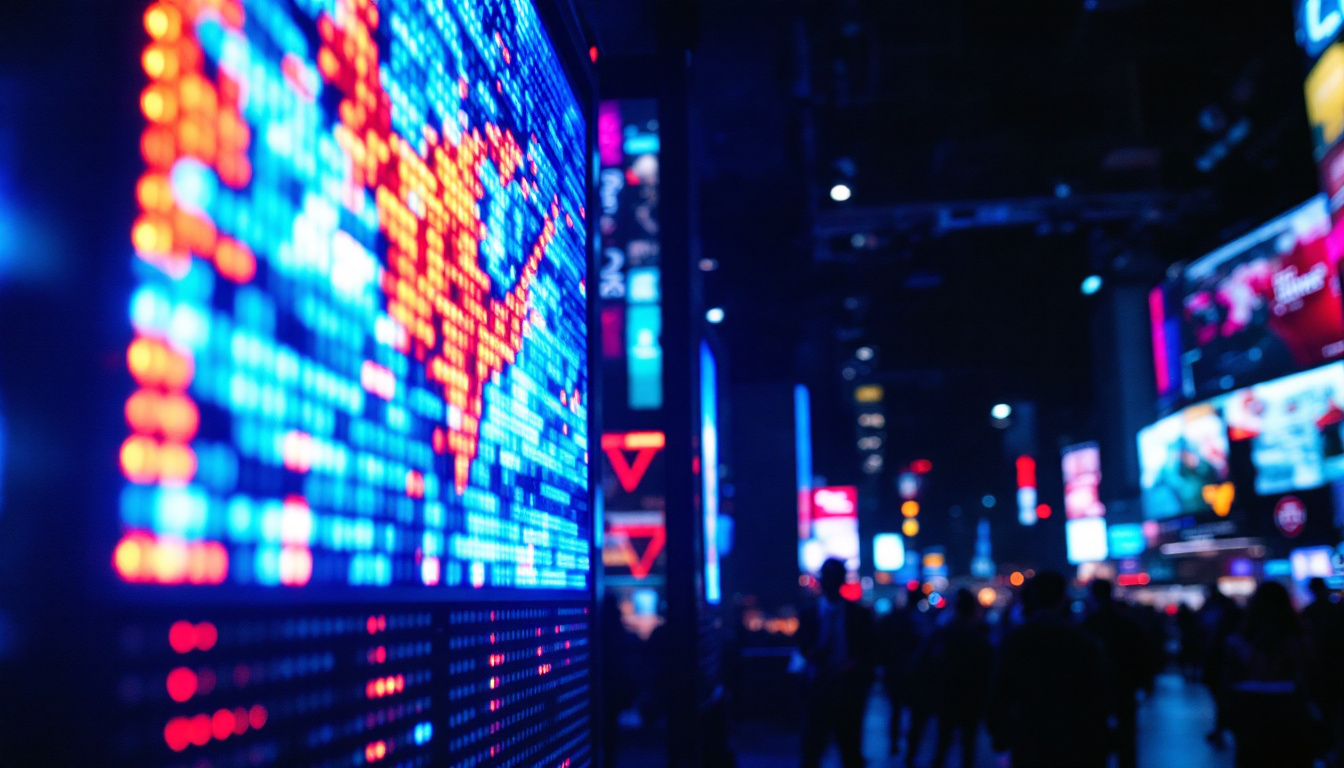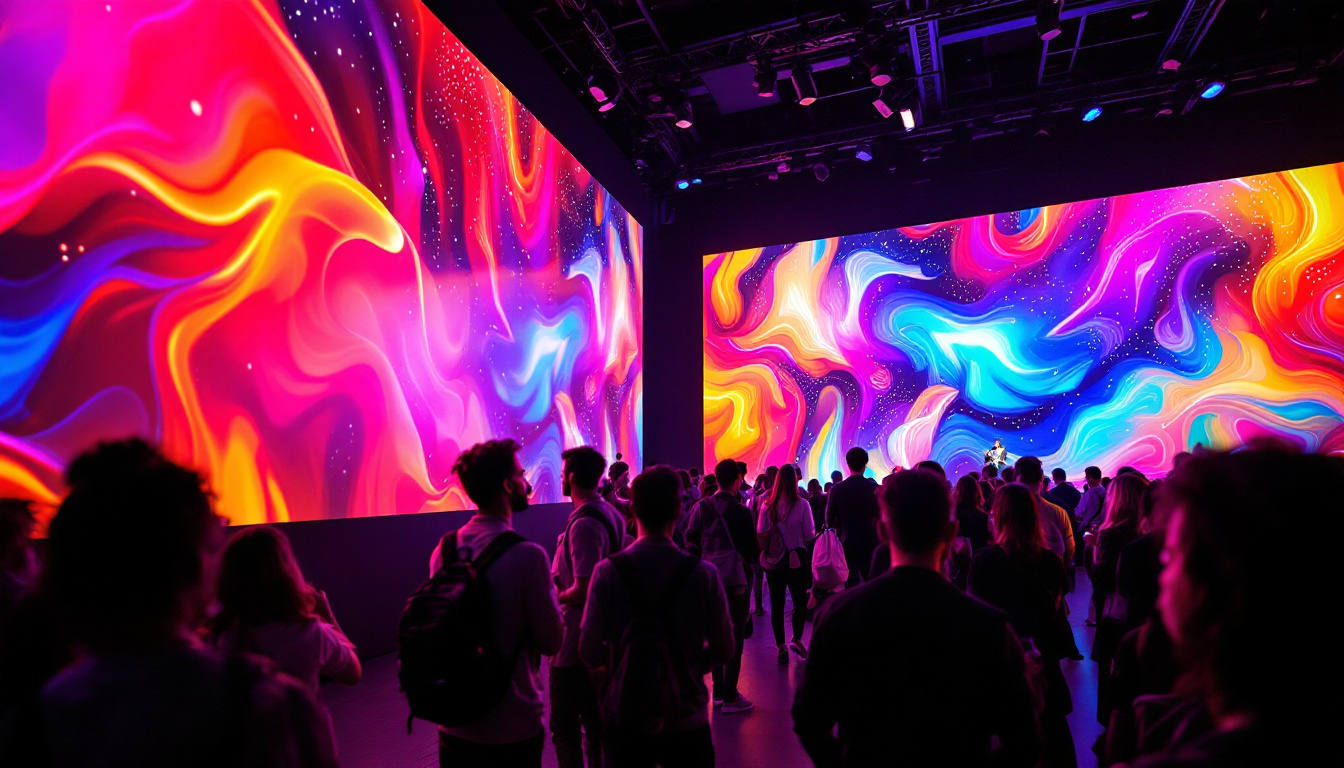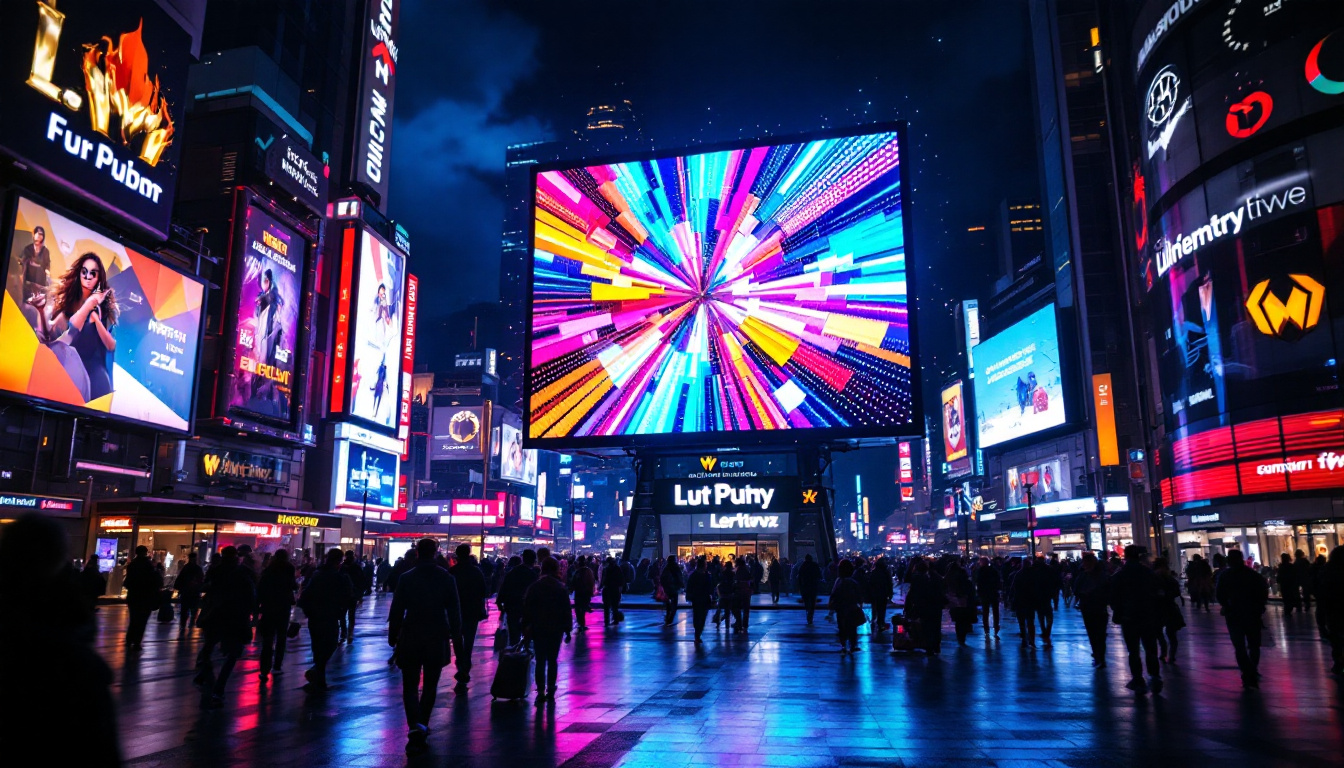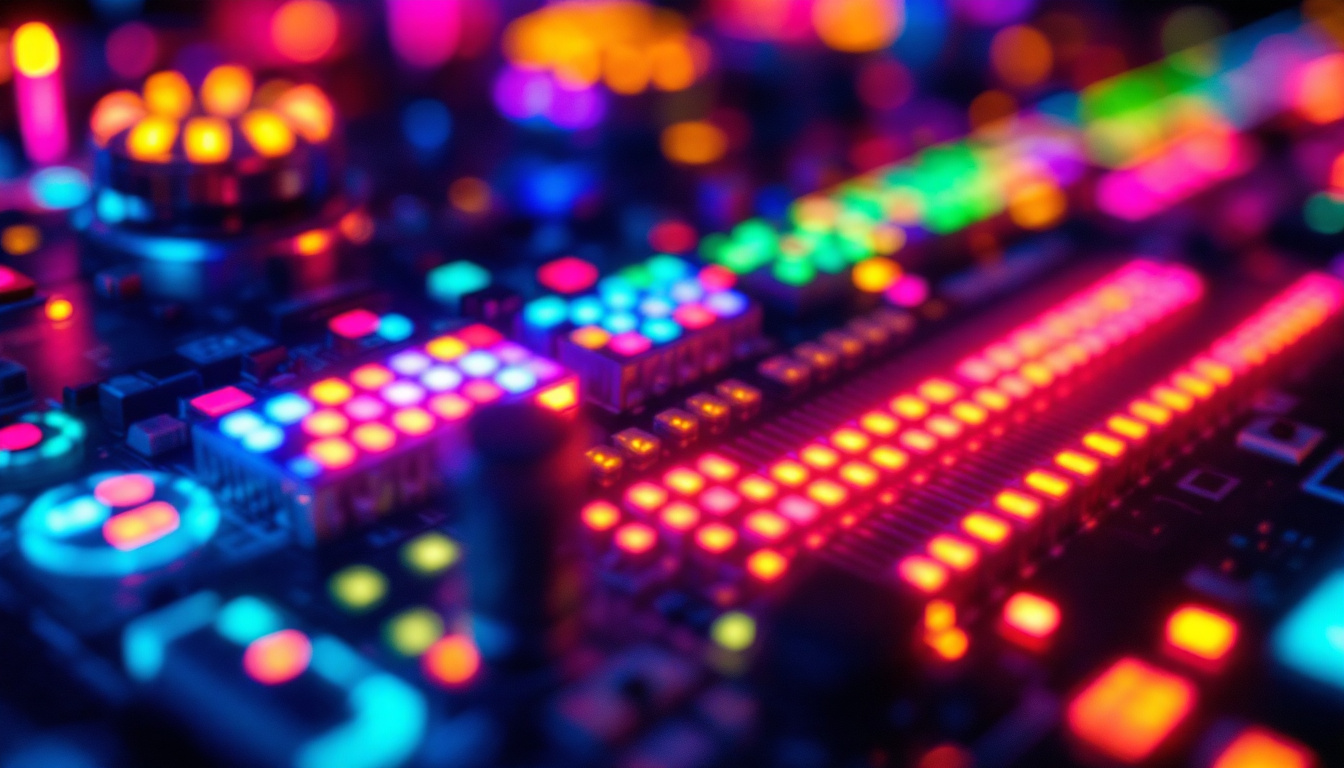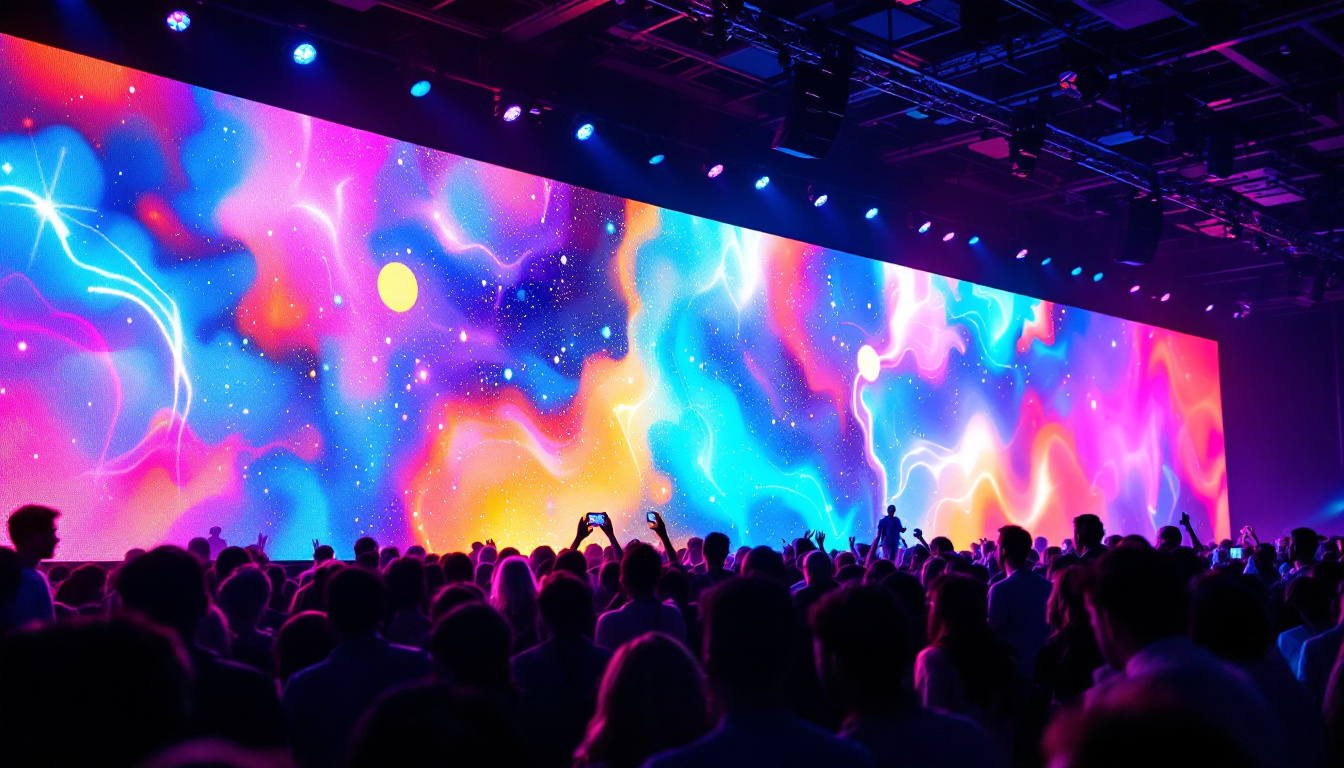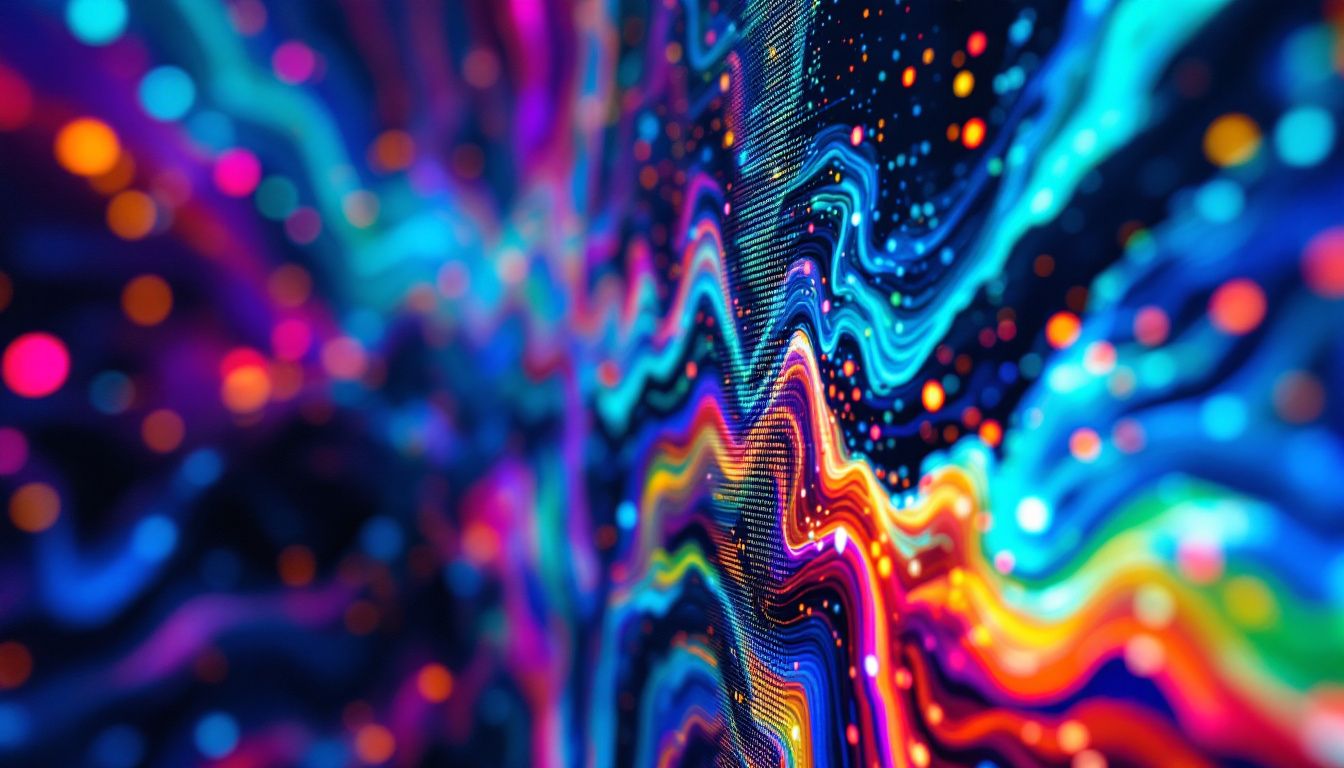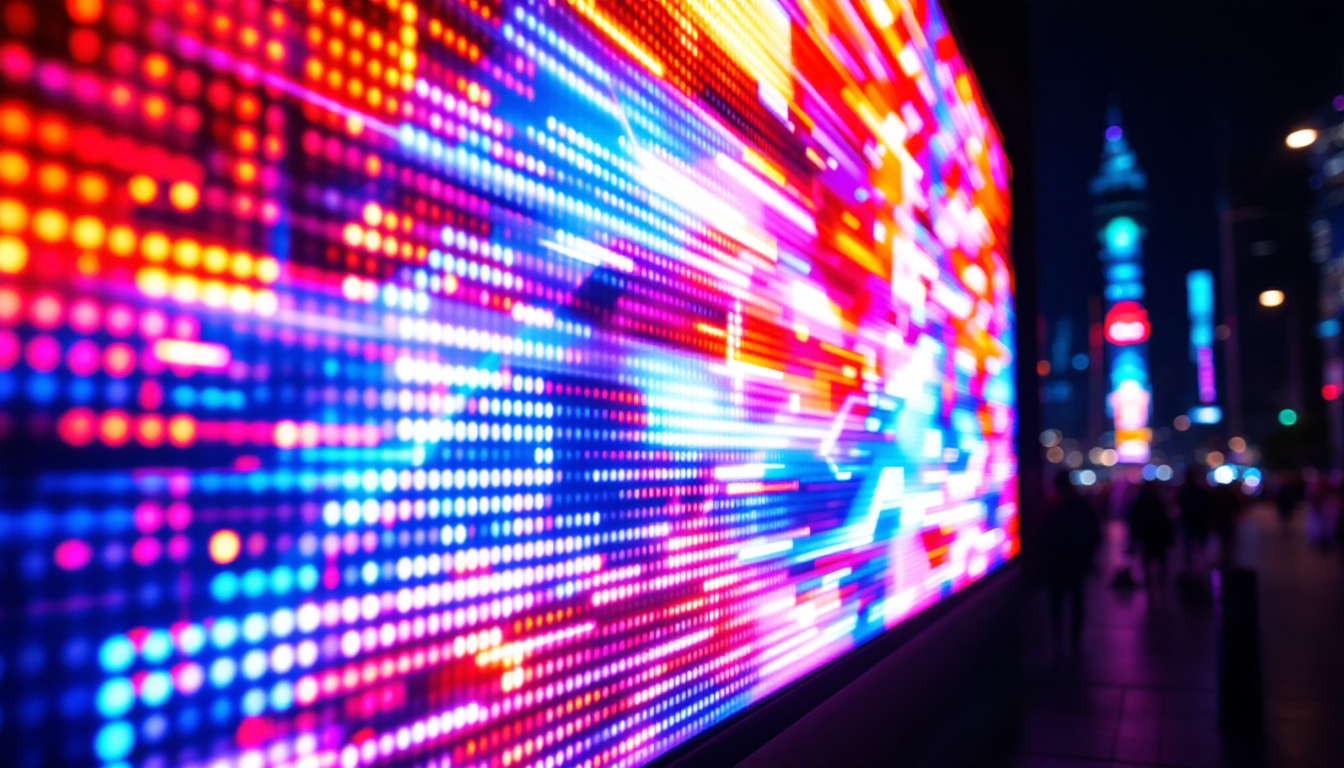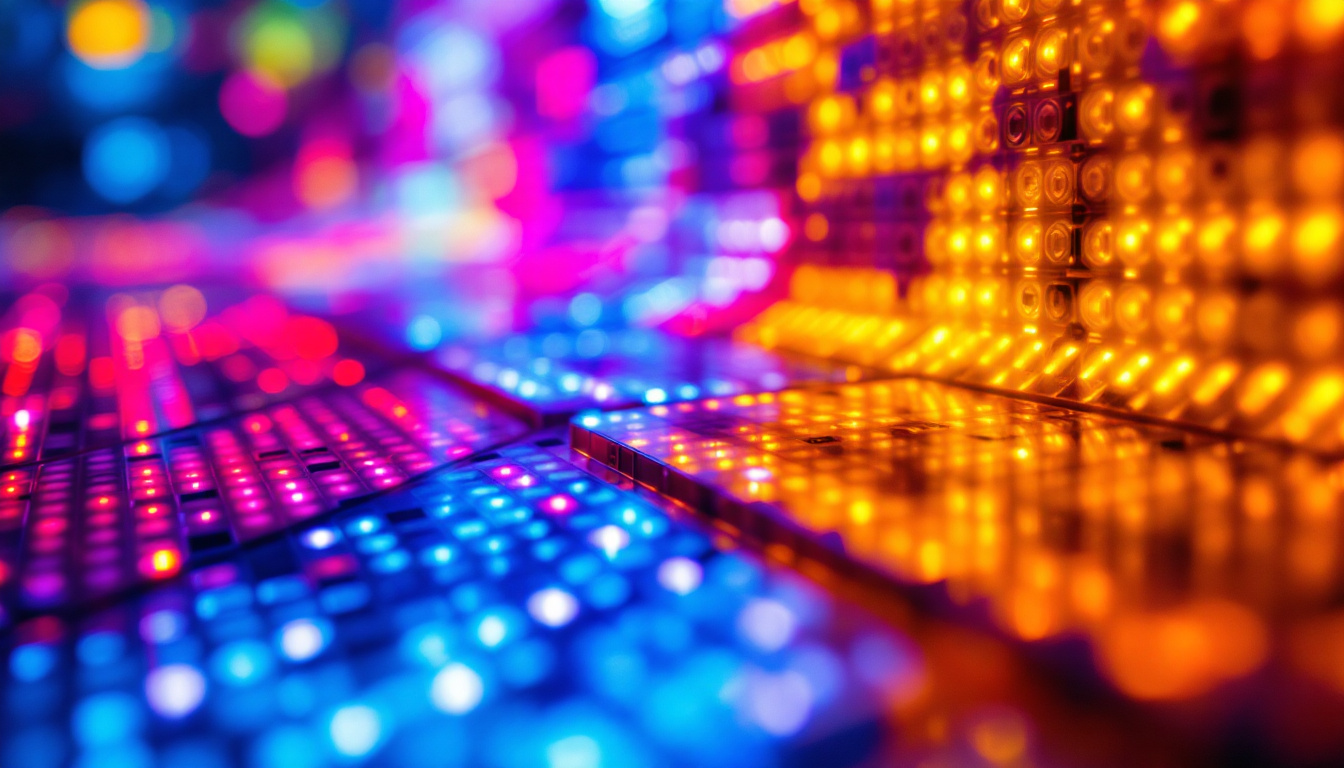In today’s digital age, LED displays have become ubiquitous, transforming the way information is conveyed and consumed. From large outdoor billboards to small screens on handheld devices, LED technology has revolutionized visual communication. This article delves into the intricacies of LED displays, exploring their technology, applications, advantages, and future trends.
Understanding LED Technology
LED, or Light Emitting Diode, is a semiconductor device that emits light when an electric current passes through it. The technology behind LED displays is rooted in the principles of electroluminescence, where certain materials emit light in response to an electric current. This section will explore the fundamental components that make up LED displays.
Components of LED Displays
At the core of any LED display are several key components that work in harmony to produce vibrant images. These components include:
- LED Chips: The heart of the display, LED chips are responsible for emitting light. Different colors are achieved by using various semiconductor materials.
- Driver ICs: These integrated circuits control the brightness and color of the LEDs, ensuring accurate representation of images and videos.
- Control System: This system manages the overall operation of the display, including input signals from video sources and synchronization of the LED chips.
These components work together to create a display that can produce a wide range of colors and brightness levels, making LED displays suitable for various applications. The efficiency of LED technology is also noteworthy; it consumes significantly less power compared to traditional lighting solutions, which not only reduces energy costs but also contributes to a lower carbon footprint. This energy efficiency makes LED displays an attractive option for both commercial and residential use, where long-term operational costs are a critical consideration.
Types of LED Displays
LED displays can be categorized into several types based on their construction and application. The most common types include:
- Direct View LED Displays: These displays use individual LEDs to create images, often seen in large outdoor billboards and stadium screens.
- LED Backlit Displays: These screens use LEDs as a backlight for LCD panels, enhancing brightness and color accuracy in televisions and monitors.
- MicroLED Displays: A newer technology, MicroLED displays consist of tiny individual LEDs, offering superior contrast and color reproduction.
In addition to these common types, there are also specialized LED displays designed for niche markets. For instance, Transparent LED displays are gaining popularity in retail environments, allowing for a blend of digital content with physical products, creating an engaging shopping experience. Furthermore, Flexible LED displays are emerging, which can be bent or shaped to fit various design needs, making them ideal for creative installations in art and architecture. As technology continues to advance, the versatility and applications of LED displays are expected to expand even further, paving the way for innovative uses in everyday life.
Applications of LED Displays
The versatility of LED displays allows them to be used across various industries and settings. Their applications range from advertising to entertainment, and they continue to evolve as technology advances.
Advertising and Marketing
One of the most prominent uses of LED displays is in advertising. Digital billboards and signage capture the attention of passersby with bright colors and dynamic content. Businesses leverage this technology to promote products and services, often using high-resolution displays to create stunning visual experiences.
Moreover, LED displays can be updated in real-time, allowing for timely promotions and announcements. This flexibility makes them an invaluable tool for marketers looking to engage their audience effectively. Additionally, the ability to incorporate interactive elements, such as QR codes or touch-sensitive features, enhances consumer engagement, driving foot traffic and increasing brand awareness. As a result, many companies are investing in LED technology to stay competitive in a fast-paced market.
Entertainment and Events
In the entertainment industry, LED displays play a crucial role in enhancing live performances. Concerts, festivals, and sporting events utilize large LED screens to provide audiences with an immersive experience. These displays can show live feeds, graphics, and animations, adding depth to the overall production.
Additionally, LED technology is widely used in cinemas and theaters, where large screens offer high-quality visuals that enhance the viewing experience. The ability to deliver vibrant colors and deep blacks makes LED displays a preferred choice for filmmakers and audiences alike. Beyond traditional venues, LED displays are also transforming outdoor events, with mobile LED trucks providing on-the-go entertainment solutions that can reach diverse audiences in various locations. This adaptability has opened new avenues for event organizers, allowing them to create memorable experiences in parks, streets, and festivals.
Information and Communication
LED displays are also utilized in information dissemination. Train stations, airports, and public spaces use LED screens to provide real-time updates on schedules, directions, and important announcements. Their visibility and clarity ensure that information is easily accessible to the public.
Furthermore, educational institutions are adopting LED displays for teaching purposes. Interactive LED screens in classrooms facilitate engaging learning experiences, allowing for dynamic presentations and collaborative activities. The integration of these displays in educational settings not only enhances student engagement but also supports diverse learning styles, catering to visual and auditory learners alike. As technology progresses, we can expect to see even more innovative applications of LED displays in both formal and informal learning environments, making education more interactive and accessible than ever before.
Advantages of LED Displays
The rise of LED technology can be attributed to its numerous advantages over traditional display technologies. Understanding these benefits helps explain why LED displays have become the go-to choice for many applications.
Energy Efficiency
One of the most significant advantages of LED displays is their energy efficiency. Compared to traditional incandescent or fluorescent lighting, LEDs consume significantly less power while providing the same level of brightness. This efficiency translates to lower energy bills and a reduced carbon footprint, making LED displays an environmentally friendly option.
Longevity and Durability
LED displays have a longer lifespan than many other display technologies. With an average operational life of 50,000 hours or more, they require less frequent replacements, reducing maintenance costs and downtime. Additionally, LEDs are more robust and resistant to shock and vibration, making them suitable for outdoor and high-traffic environments.
High-Quality Visuals
LED displays are renowned for their superior image quality. They offer high contrast ratios, vibrant colors, and wide viewing angles, ensuring that content is displayed clearly and attractively. This quality makes them ideal for applications where visual impact is crucial, such as advertising and entertainment.
Challenges and Considerations
While LED displays offer numerous advantages, there are also challenges and considerations that users should be aware of. Understanding these factors can help in making informed decisions when choosing LED technology.
Initial Cost
The initial investment for LED displays can be higher compared to traditional display technologies. Although prices have been decreasing over the years, the upfront cost may still be a barrier for some businesses and organizations. However, the long-term savings in energy and maintenance can offset these initial expenses.
Brightness and Glare
In certain environments, the brightness of LED displays can lead to glare, making it difficult for viewers to see content clearly. This challenge is particularly relevant in outdoor settings where sunlight can affect visibility. Proper placement and shielding can mitigate these issues, but they require careful planning and consideration.
Content Management
Managing content on LED displays can be complex, especially for large installations. Organizations need to invest in software and training to ensure that content is updated regularly and displayed effectively. This aspect of LED technology requires ongoing attention to maintain its effectiveness as a communication tool.
The Future of LED Displays
The future of LED displays looks promising, with ongoing advancements in technology and applications. As industries continue to embrace digital transformation, LED displays are expected to evolve in several key areas.
Improved Resolution and Pixel Density
As technology progresses, the resolution and pixel density of LED displays are expected to improve significantly. Higher resolution displays will provide even more detailed images, enhancing the viewing experience. This trend is particularly relevant for applications that require close viewing distances, such as retail displays and digital signage.
Integration with Smart Technology
The integration of LED displays with smart technology is another exciting development on the horizon. Smart LED displays equipped with sensors and connectivity features will enable real-time data analysis and interaction. This capability can enhance user engagement and provide valuable insights for businesses.
Sustainability Initiatives
With increasing awareness of environmental issues, the LED industry is likely to focus on sustainability initiatives. This may include the development of recyclable materials, energy-efficient manufacturing processes, and products designed for easy disassembly and recycling. Such efforts will contribute to a more sustainable future for LED technology.
Conclusion
LED displays have transformed the landscape of visual communication, offering unparalleled advantages in energy efficiency, longevity, and image quality. Their diverse applications across various industries highlight their versatility and importance in today’s digital world. While challenges exist, ongoing advancements in technology promise to address these issues, paving the way for even more innovative uses of LED displays in the future.
As businesses and organizations continue to seek effective ways to engage their audiences, LED displays will undoubtedly remain at the forefront of visual communication solutions. Embracing this technology not only enhances the way information is shared but also contributes to a more connected and visually dynamic world.
Discover the Future of Visual Communication with LumenMatrix
As you consider the transformative power of LED displays in today’s digital landscape, LumenMatrix stands ready to elevate your visual experience. Our commitment to innovation in LED display technology ensures that your message is not just seen, but truly experienced. From Indoor and Outdoor LED Wall Displays to specialized solutions like Vehicle, Sports, and Floor LED Displays, we offer a comprehensive range of products designed to capture attention and engage audiences. Embrace the future of visual communication with LumenMatrix and let our Custom, All-in-One, and Transparent LED Displays redefine how you connect with your audience. Check out LumenMatrix LED Display Solutions and join the revolution in digital signage and display technology.

